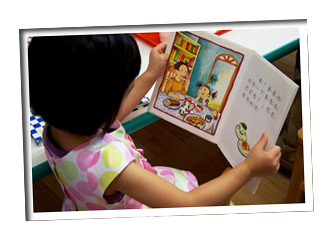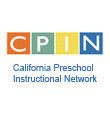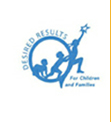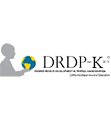Home | Supporting English Language Learners | Guiding Principles
Guiding Principles
Ten principles form the foundation for the recommended practices articulated in the California Preschool Curriculum Framework, Volume 1, p. 180, (CDE, 2010). These principles are very similar to the ten principles discussed in Preschool English Learners: Principles and Practices to Promote Language, Literacy and Learning, p. 91, (CDE, 2009).
 The guiding principles are:
The guiding principles are:
1. Families matter
Meaningful relationships between programs and families enhance children’s learning. Through these relationships teachers learn about home language use and families’ aspirations for their children.
2. Recognize existing language and literacy strengths in the home language
Dual language learners engage in a variety of language and literacy activities in the home. First language development serves as a foundation for second language development.
3. Respect cultural values and behaviors reflected in the child’s language and communication
Culture and language are interrelated. Cultural values and behaviors are embedded within the language and communication style of the home language.
4. Allow children use of the home language to allow greater access to the entire curriculum, promote concept development, and encourage high levels of interaction
Continuing development of the home language is beneficial to children as experimenting with the home and second languages leads to growth in acquiring the second language.
5. Support English-language development across all domains
Dual language learners need support not only in language and literacy activities but across the curriculum.
6. Use language as a meaningful tool to communicate
Like all children, dual language learners learn through meaningful interactions. Extended conversations that include repeated turn-taking and use of shared experiences to communicate interests, ideas, and emotions are key to fostering English language development.
7. Make learning interesting and fun for English learners
The creative and interactive use of language promotes language development and learning.
8. Accept code switching as normal
Combining words from the home and new languages is a typical part of development for many bilingual children.
9. Give preschool English learners time
Make dual language learners feel welcome. Include dual language learners by smiling at them, using their names, and making them part of the group. Provide a safe environment by eliminating pressure on dual language learners to respond to questions or directives in English.
10. Allow for voluntary participation
Let dual language learners decide when they are ready to “go public” with the new language.
Read more about:
- Supporting Dual Language Learners
- Environment and Materials
- Family Support
- Teacher Interactions
- Read Five Tips for Engaging Multilingual Children in Conversation PDF





